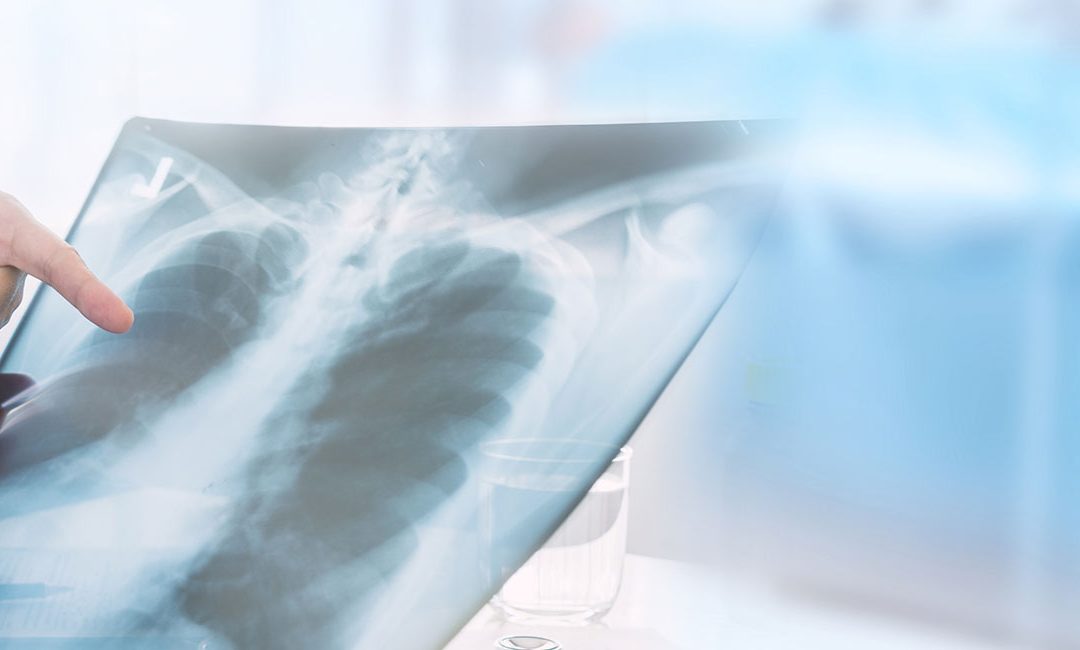Scoliosis is a common medical condition that is defined as an abnormal curvature of the spine. The flexible structure of the spine, which is made of a number of vertebrae, makes humans twist and bend their bodies in all directions. Although the spine curves front to back at the chest, neck, and lower back; however, in patients with Scoliosis, the spine shows sideways curvature. A scoliosis curve is often C or S-shaped and the ribs stick out more on one side.
The condition is usually mild but in case the condition is severe, then the space between the ribs reduces and this disrupts breathing and strains the heart. If not treated on time, the condition causes compression and damage to the spinal nerves, which may cause Paralysis.
Causes
The exact cause of Scoliosis is not clear however it is either congenital or idiopathic. The problem often occurs just before puberty and girls are more prone to Scoliosis as compared to boys. The condition also occurs in patients with nervous problems such as Cerebral Palsy. Even people with Marfan Syndrome or Skeletal Dysplasia are prone to Scoliosis. Arthritis and other problems with age also lead to degenerative Scoliosis in adults.
Symptoms
- Pain Deformity of the spine
- Uneven shoulders and waist
- One hip higher than other
- Shoulder blade sticks out
- Ribs stick out on side
- Difficulty in breathing
- Back pain
- Uneven arm length while on standing straight
Diagnosis
The patient needs to consult an orthopedic doctor who will physically examine the spinal curve from sides, front and back. The doctor may look at the symmetry of the patient’s body to see any misalignments. He may also notice reflexes, muscle strength and range of motion. The orthopedic physician may also recommend imaging test such as X-ray or MRI to determine the cause and extent of the deformity.
Treatment
It is always easier to treat the condition, if the problem is detected early. Scoliosis is not preventable; however, the symptoms can be lessened if treated early, especially in the growing years of a child. The advancement in orthopedic techniques has made it easier to manage Scoliosis.
To treat mild curves, the orthopedic physician uses braces during the childhood growth and prevents the condition from worsening. If this non-surgical method does not work out, then surgery may be performed. Spinal fusion involves joining the vertebrae and has a high success rate. This is a minimally invasive surgery and the orthopedic surgeon usually prescribes certain medications to reduce inflammation and promote healing after the surgery.
For complete diagnosis and treatment of Scoliosis, visit the spine specialists at OrthoTexas. To schedule an appointment, call at (214) 618-5502 or visit 5757 Warren Pkwy, Suite 180, Frisco, TX 75034.


